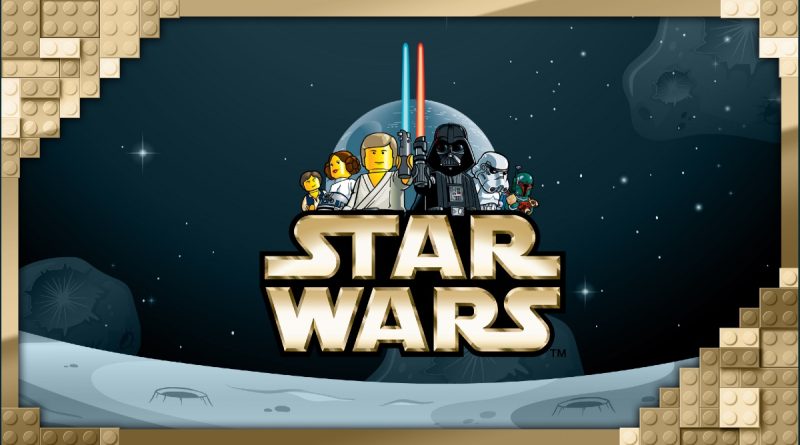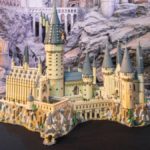How LEGO and Star Wars teamed up for something special in 1999: the inside story
Join Brick Fanatics for a deep dive into the history of LEGO Star Wars for the theme’s 25th anniversary, starting with the inside story of where it all began…
Across hundreds of sets and more than 1,300 minifigures, LEGO Star Wars has spent the past quarter-century firmly cementing its status as the LEGO Group’s most popular and enduring licensed product line. And unless you’ve been living under an especially dense rock, you’ll probably know that the theme is celebrating its 25th anniversary in 2024 – with all eyes currently on May the 4th, which is now right around the corner.
In the build-up to this year’s May the 4th celebrations we’ll be diving deep into the current state of LEGO Star Wars (with input from some of the most prolific voices in the LEGO Star Wars community), telling stories from across the theme’s history that you might never have heard before, plotting the timelines of the moments that matter, recalling some of the theme’s weirdest and wildest gimmicks, and plenty more besides.
But first we’re turning the clock back to 1998, when the idea of a LEGO Star Wars set was still just a twinkle in the eyes of kids who had spent the early ‘90s watching the original trilogy on VHS, a handful of forward-thinking minds in Billund, and a film studio braced for a return to a galaxy far, far away.
‘Over my dead body’

While a few of us have been in the game long enough to remember the launch of LEGO Star Wars in 1999, even fewer will likely know the full story behind how the LEGO Group teamed up with Lucasfilm for one of the most successful partnerships in merchandising history. The short version is that while we know the goldmine that LEGO Star Wars would eventually become, not everyone within the LEGO Group saw it that way at the time – and it didn’t all come together overnight.
That’s partly because back in 1998, licensing was a foreign word to the LEGO Group, which – according to former LEGO Americas President Peter Eio in 2001 – had up until that point been ‘a purist company’. One especially dramatic board member reportedly uttered a remark that has since gone down in legend for all the wrong reasons: “Over my dead body will you be launching Star Wars in Europe.” (No prizes for guessing that said board member is no longer part of the LEGO Group.)
But hindsight is a wonderful thing, and at the time a partnership like the one that was to come was unprecedented.
Winning hearts and minds

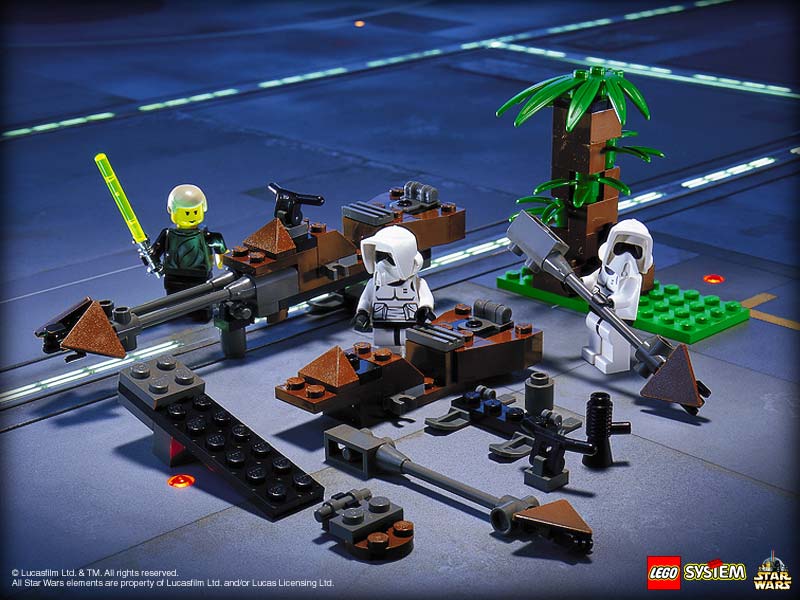

“We were certainly aware that the movie was coming out, [but] at that point, the LEGO Group did not do any licensing,” the LEGO Group’s Senior Vice President Jill Wilfert told Brick Fanatics in 2019. “I think Lucas was entertaining offers from different companies to make toys for the upcoming films. One of the companies they were talking to made a pitch to do something in construction toys. I think they thought, ‘If we’re going to do something in construction toys, we want to do it with LEGO’.”
The LEGO Group subsequently presented a pitch deck – created by Jill – to Lucasfilm, titled ‘The Power of the Brick’. But while the company’s senior management was busy wooing studio executives, there was another battle to be won internally. “There was a lot of concern about how would it be perceived, how would LEGO consumers react?” Jill added.
“In particular, mothers in Germany tend to be very conservative – it was called Star WARS. We went out and did some research. What we really heard from the German mums was that they accepted it as fantasy. They also knew that their kids were going to want to have a Star Wars experience – they wanted them to have a LEGO Star Wars experience.”
Together, Jill and Peter presented a united front to advocate for the partnership within the LEGO Group. “Some of it was helping them to understand the space from a pop culture perspective that Star Wars held,” Jill explained. The decision ultimately came down to – who else? – company owner Kjeld Kirk Kristiansen, who voiced his support for the deal in 2000: “They fit together, the Lucas storytelling and our creative products.”
The face of LEGO Star Wars

While the LEGO design team were busy fast-tracking their model development process for the first wave of sets, which would arrive on shelves roughly a year after the partnership was finalised, there was another crucial piece of the puzzle falling into place in Denmark: the presentation of the products, starting with the now-iconic LEGO Star Wars logo attached to all the boxes in 1999.
That new and original logo wasn’t there from the start, though. “The first box layout I did was the Millennium Falcon, that was the test model in the beginning,” said graphic designer Christian Faber, who later worked on BIONICLE. “I had this asteroid field all around the box so you got this full immersive experience of the storytelling. It had the big Star Wars logo on the top with the LEGO logo, which was a big issue – was this LEGO selling Star Wars, or Star Wars selling LEGO?”
The solution was a new logo that hybridised the two brands, and for Christian, the initial direction was obvious. “When I saw those minifigures, I just knew that was 50% of the magic,” he said. “You just needed to play stuff out when you saw those guys with perfect details that were sort of cute at the same time.”
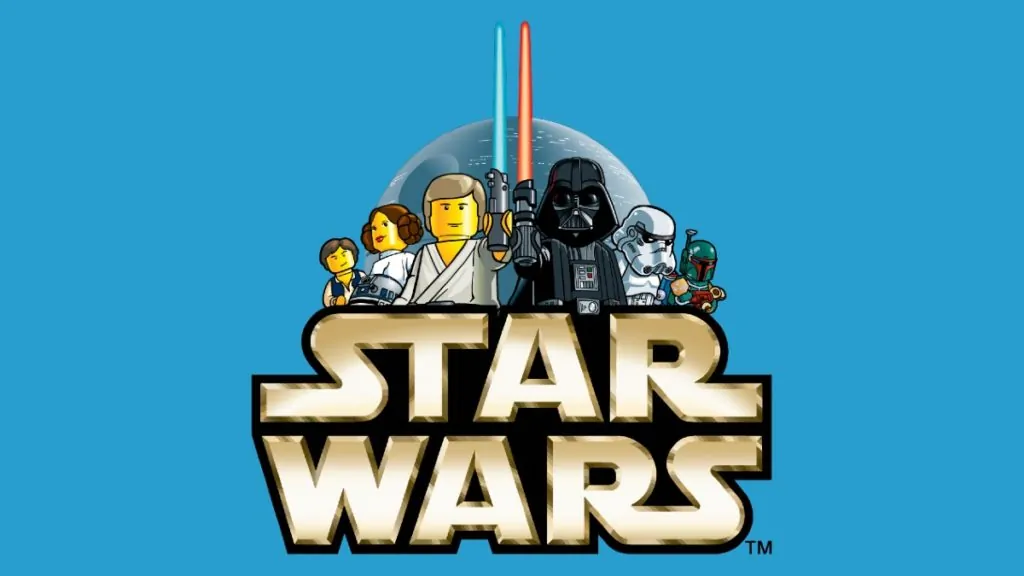
Christian and his assistant Jan Kjaer quickly landed on an initial arrangement of characters, but the final design didn’t arrive overnight. “The general idea was clear – a symmetrical line-up with Luke and Darth Vader in the centre, but everything else we experimented with,” Kjaer explained. “Rearranging, resizing, including and excluding characters. It took a while – and lots of drawing – before we ended on the final symmetrical presentation.”
We’ll dive deeper into the history of the original LEGO Star Wars logo in a separate feature, so keep an eye on Brick Fanatics for that in the weeks to come.
Building a working relationship

Back at LEGO HQ in Billund, the designers were very much having to learn on the go, muddling their way through processes that are like a well-oiled machine 25 years later – but at the time were not quite so clear-cut.
“It was very new for the LEGO Group to be working with a third-party licensor,” Jill recalled. “The whole idea of having to review all of our products with them was very foreign. We also found the time difference very challenging. Even though everybody was speaking English, I was making sure people were understanding what the other side was saying.”
These days, the LEGO Group and Lucasfilm have a very clear and defined mutual understanding of the way each company works, which is obvious from the way the designers talk about their relationship with the Star Wars team. But the early days of that partnership required heavy communication between the two brands.

“In the dialogue with Lucasfilm we had a lot of interesting conversations,” Jill added. “Typically, a licensor is really looking to develop things that they call very ‘on model’. The LEGO Group always has the LEGO interpretation to it. We took a lot of time explaining the overall system of play, why it was important that if people were going to buy a Star Wars model and integrate those bricks into their collection, that they needed to fit.
“I can’t say that we didn’t have debates sometimes about certain things, but over the years they really came to understand.”
‘We had more conservative expectations’
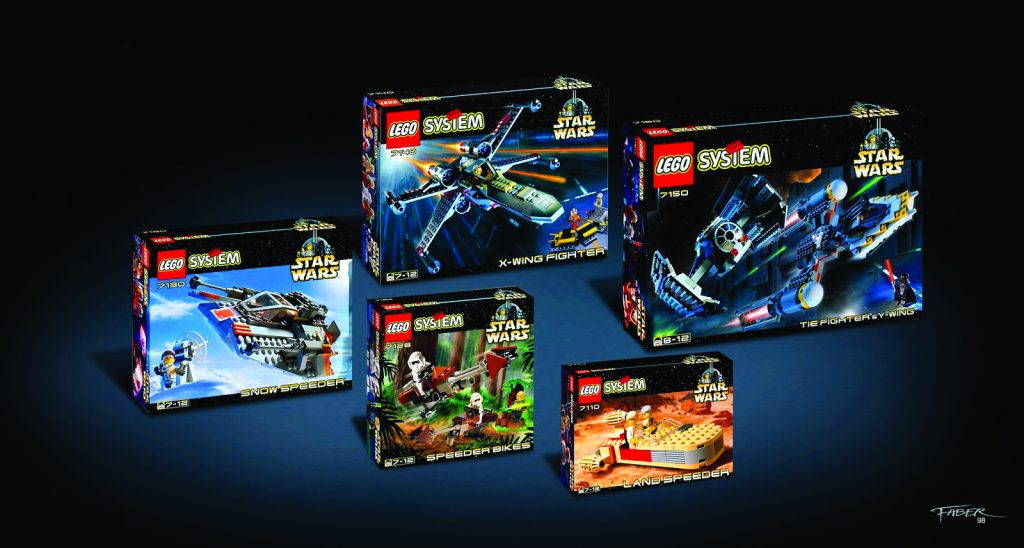
When the first wave of LEGO Star Wars sets arrived on shelves in 1999, it marked a watershed moment for the LEGO Group from which there would be no turning back. But they didn’t know it at the time, and even while Jill and her team had worked hard to convince the powers that be that LEGO Star Wars would be a success, the initial product range was still quite tempered – which was ultimately to the Danish company’s benefit.
“There was not a lot of extra fluff in the assortment and part of that was because we weren’t sure how successful it was going to be,” Jill said. “One of the things that worked quite well for us compared to the industry was that other toy companies went a bit overboard and there was a feeling of hangover; there was just too much. The LEGO Group had the opposite – we couldn’t meet demand because relatively we had more conservative expectations.”
Even while some members of the LEGO Group were reasonably confident of the potential in Star Wars, it feels unlikely that anyone could have predicted at the time that it would have lasted for at least another quarter of a century – and even now shows no signs of slowing down. So where does that leave us? Maybe we should let George Lucas have the final word, straight from the LEGO Group’s 2000 annual report. Few people would likely argue with him even 25 years later…

“I feel that there is a perfect fit between the Star Wars saga and LEGO Play Materials – both stimulate imagination and creativity and allow children of all ages to involve themselves in the universal struggle between good and evil. And, of course, above all they should have fun!”
Keep an eye on Brick Fanatics over the days and weeks leading up to May the 4th for all things LEGO Star Wars, including exclusive interviews with the author of The Force of Creativity and one of the brains behind the original LEGO Star Wars video games.
You can support the work we do by making your LEGO purchases using our affiliate links. Thanks!
Author Profile
- I like to think of myself as a journalist first, LEGO fan second, but we all know that’s not really the case. Journalism does run through my veins, though, like some kind of weird literary blood – the sort that will no doubt one day lead to a stress-induced heart malfunction. It’s like smoking, only worse. Thankfully, I get to write about LEGO until then.
Latest entries
71047 Dungeons & Dragons06/09/2024LEGO Dungeons & Dragons walkthrough: Strahd von Zarovich and Halfling Druid
News06/09/2024LEGO Harry Potter’s biggest Hogwarts set is basically never going to retire
News06/09/2024‘Inexcusable’: LEGO Batman fans call Batmobile’s missing character a ‘deal-killer’
Features06/09/2024LEGO NINJAGO has a stealth line for adults – and it’s outshining actual 18+ sets

